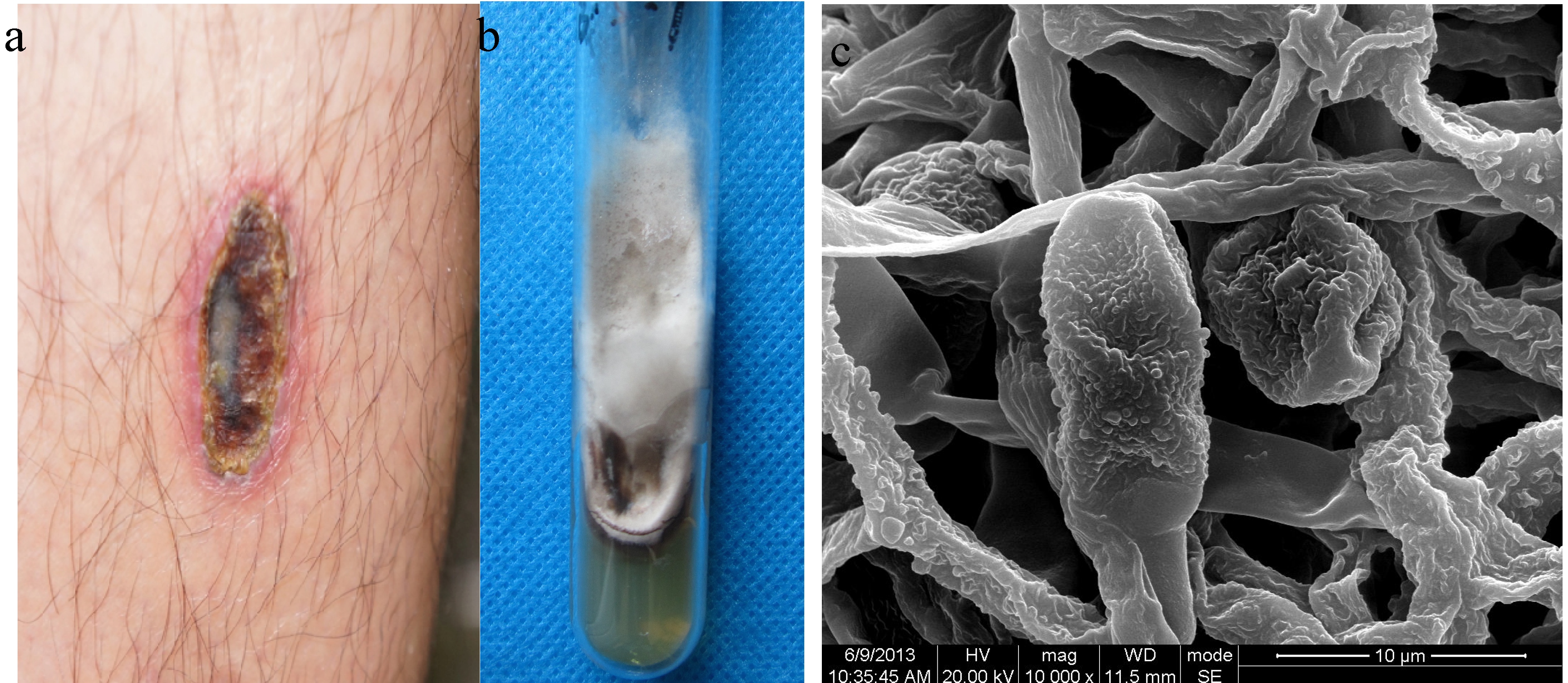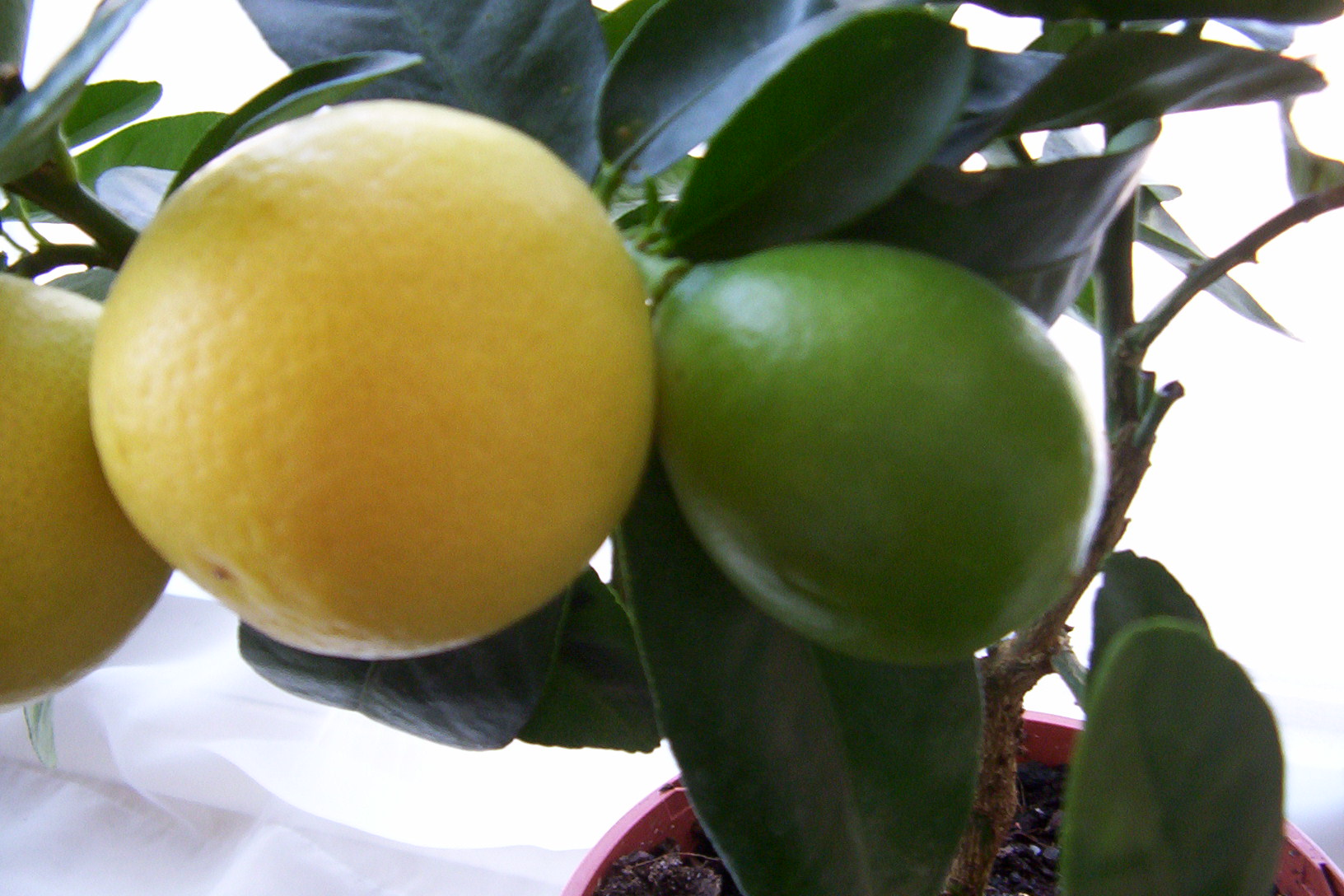|
Dancy (citrus)
The Dancy tangerine (''zipper-skin'' tangerine, ''kid-glove orange'') is one of the oldest and formerly most popular American citrus varieties, but is now rarely sold."Market Watch: The wild and elusive Dancy". David Karp, LA Times. http://www.latimes.com/food/la-fo-marketwatch-20110128-story.html The Dancy originated in 1867, as a seedling grown by Colonel Francis L. Dancy. It was called tangerine because its parent, the Moragne tangerine, was believed to come from Morocco. It has an intense, medium-sweet flavour, and its juice is more strongly-flavoured than orange juice. It is known (and sometimes named) for its loose, pliable peel, which is mainly orange flavedo, with very little bitter white mesocarp (also called albedo or pith). This allows the peel to be eaten fresh and used to flavour dishes like tangerine beef. The Dancy may be a pure mandarin, unlike many commercial citrus cultivars, which are hybrids. Classification Chōzaburō Tanaka classified the Dancy in ''Cit ... [...More Info...] [...Related Items...] OR: [Wikipedia] [Google] [Baidu] |
Citrus Reticulata
The mandarin orange (''Citrus reticulata''), also known as the mandarin or mandarine, is a small citrus tree fruit. Treated as a distinct species of orange, it is usually eaten plain or in fruit salads. Tangerines are a group of orange-coloured citrus fruit consisting of hybrids of mandarin orange with some pomelo contribution. Mandarins are smaller and oblate, unlike the spherical common oranges (which are a mandarin–pomelo hybrid). The taste is considered sweeter and stronger than the common orange. A ripe mandarin is firm to slightly soft, heavy for its size, and pebbly-skinned. The peel is thin, loose, with little white mesocarp, so they are usually easier to peel and to split into segments. Hybrids usually have these traits to a lesser degree. The mandarin is tender and is damaged easily by cold. It can be grown in tropical and subtropical areas. According to genetic studies, the mandarin was one of the original citrus species; through breeding or natural hybridization ... [...More Info...] [...Related Items...] OR: [Wikipedia] [Google] [Baidu] |
Backcross
Backcrossing is a crossing of a hybrid with one of its parents or an individual genetically similar to its parent, to achieve offspring with a genetic identity closer to that of the parent. It is used in horticulture, animal breeding, and production of gene knockout organisms. Backcrossed hybrids are sometimes described with acronym "BC"; for example, an F1 hybrid crossed with one of its parents (or a genetically similar individual) can be termed a BC1 hybrid, and a further cross of the BC1 hybrid to the same parent (or a genetically similar individual) produces a BC2 hybrid. Plants Advantages * If the recurrent parent is an elite genotype, at the end of the backcrossing programme, an elite genotype is recovered. * As no "new" recombination results, the elite combination is not lost. Disadvantages * It works poorly for quantitative traits. * It is more restricted for recessive traits. * In practice, sections of genome from the nonrecurrent parents are often still present and ... [...More Info...] [...Related Items...] OR: [Wikipedia] [Google] [Baidu] |
Pixie Mandarin
Pixie mandarin, also called Pixie tangerine (''Citrus reticulata'' Blanco), is a variety of mandarin that is late ripening and seedless. Development Pixie was developed by Howard Brett Frost at the University of California, Riverside Citrus Research Center in 1927, and was eventually released at 1965 by his colleagues James W. Cameron and Robert K. Soost. Frost was trying to cross two mandarin varieties, King and Dancy, to combine the late ripening of the King tangor with the richness in flavor of Dancy. The result was Kincy, which was large and seedy. Pixie is the second generation progeny of an open pollinated seedling of Kincy; the male parent is uncertain. Thus, the Pixie is either an F2 hybrid resulting from the Kincy F1 hybrid An F1 hybrid (also known as filial 1 hybrid) is the first filial generation of offspring of distinctly different parental types. F1 hybrids are used in genetics, and in selective breeding, where the term F1 crossbreed may be used. The term is ... [...More Info...] [...Related Items...] OR: [Wikipedia] [Google] [Baidu] |
Seminole Tangelo
The tangelo ( , ; ''C. reticulata × C. maxima'' or ''× C. paradisi''), ''Citrus × tangelo, is'' a citrus fruit hybrid of a ''Citrus reticulata'' variety, such as mandarin orange or tangerine, and a ''Citrus maxima'' variety, such as a pomelo or grapefruit. The name is a portmanteau of 'tangerine' and 'pomelo'. Tangelos are the size of an adult fist, have a tart and tangy taste, and are juicy at the expense of flesh. They generally have loose skin and are easier to peel than oranges, readily distinguished from them by a characteristic "nipple" at the stem. Tangelos can be used as a substitute for mandarin oranges or sweet oranges. Varieties Orlando The early maturing Orlando tangelo is noted for its rich juiciness, mild and sweet flavor, large size, distinct zesty smell, and flat-round shape without a characteristic knob. California/Arizona tangelos have a slightly pebbled texture, vibrant interior and exterior color, very few seeds, and a tight-fitting rind. Orlando t ... [...More Info...] [...Related Items...] OR: [Wikipedia] [Google] [Baidu] |
Orlando Tangelo
The tangelo ( , ; ''C. reticulata × C. maxima'' or ''× C. paradisi''), ''Citrus × tangelo, is'' a citrus fruit hybrid of a ''Citrus reticulata'' variety, such as mandarin orange or tangerine, and a ''Citrus maxima'' variety, such as a pomelo or grapefruit. The name is a portmanteau of 'tangerine' and 'pomelo'. Tangelos are the size of an adult fist, have a tart and tangy taste, and are juicy at the expense of flesh. They generally have loose skin and are easier to peel than oranges, readily distinguished from them by a characteristic "nipple" at the stem. Tangelos can be used as a substitute for mandarin oranges or sweet oranges. Varieties Orlando The early maturing Orlando tangelo is noted for its rich juiciness, mild and sweet flavor, large size, distinct zesty smell, and flat-round shape without a characteristic knob. California/Arizona tangelos have a slightly pebbled texture, vibrant interior and exterior color, very few seeds, and a tight-fitting rind. Orlando t ... [...More Info...] [...Related Items...] OR: [Wikipedia] [Google] [Baidu] |
Minneola Tangelo
The tangelo ( , ; ''C. reticulata × C. maxima'' or ''× C. paradisi''), ''Citrus × tangelo, is'' a citrus fruit hybrid of a ''Citrus reticulata'' variety, such as mandarin orange or tangerine, and a ''Citrus maxima'' variety, such as a pomelo or grapefruit. The name is a portmanteau of 'tangerine' and 'pomelo'. Tangelos are the size of an adult fist, have a tart and tangy taste, and are juicy at the expense of flesh. They generally have loose skin and are easier to peel than oranges, readily distinguished from them by a characteristic "nipple" at the stem. Tangelos can be used as a substitute for mandarin oranges or sweet oranges. Varieties Orlando The early maturing Orlando tangelo is noted for its rich juiciness, mild and sweet flavor, large size, distinct zesty smell, and flat-round shape without a characteristic knob. California/Arizona tangelos have a slightly pebbled texture, vibrant interior and exterior color, very few seeds, and a tight-fitting rind. Orlando t ... [...More Info...] [...Related Items...] OR: [Wikipedia] [Google] [Baidu] |
Alternaria
''Alternaria'' is a genus of Deuteromycetes fungi. All species are known as major plant pathogens. They are also common allergens in humans, growing indoors and causing hay fever or hypersensitivity reactions that sometimes lead to asthma. They are present in the human mycobiome and readily cause opportunistic infections in immunocompromised people such as AIDS patients. There are 299 species in the genus; they are ubiquitous in the environment and are a natural part of fungal flora almost everywhere. They are normal agents of decay and decomposition. The spores are airborne and found in the soil and water, as well as indoors and on objects. The club-shaped spores are single or form long chains. They can grow thick colonies which are usually green, black, or gray. At least 20% of agricultural spoilage is caused by ''Alternaria'' species, with the most severe losses reaching 80% of yield. Many human health disorders can be caused by these fungi, which grow on skin and mucous me ... [...More Info...] [...Related Items...] OR: [Wikipedia] [Google] [Baidu] |
Walter Tennyson Swingle
Walter Tennyson Swingle (January 8, 1871 – January 19, 1952) was an American agricultural botanist who contributed greatly to the classification and taxonomy of citrus. Biography Swingle was born in Canaan, Pennsylvania, and moved with his family to Kansas two years later. He graduated from the Kansas State Agricultural College in 1890, and studied at the University of Bonn in 1895–96 and 1898. Swingle married Lucie Romstaedt in 1901; she died in 1910. He married Maude Kellerman, daughter of William Ashbrook Kellerman, in 1915 and they had four children. He died in Washington, D.C., on January 19, 1952. In 1927, botanist Elmer Drew Merrill published ''Swinglea'', which is a genus of flowering plants from the Philippines, belonging to the family Rutaceae and named in Walter Tennyson Swingle's honor. Contribution to US agricultural industry Swingle worked at the United States Department of Agriculture (1891), investigated subtropic fruits, established laboratories in Flor ... [...More Info...] [...Related Items...] OR: [Wikipedia] [Google] [Baidu] |
Ladu Mandarin or Ladu, a South Asian confection
{{disambiguation, geo ...
Ladu may refer to: * Ladu, Afghanistan * Ladu, Iran * Laddu ''Laddu'' or ''laddoo'' (; ms, kuih laddu; id, kue laddu) is a spherical sweet originating from India and spread through the Indian subcontinent and the Malay world. Laddus are primarily made from flour, fat (ghee/butter/oil) and sugar or j ... [...More Info...] [...Related Items...] OR: [Wikipedia] [Google] [Baidu] |
Citrus Tangerina
The tangerine is a type of citrus fruit that is orange in color. Its scientific name varies. It has been treated as a separate species under the name ''Citrus tangerina'' or ''Citrus'' × ''tangerina'', or treated as a variety of ''Citrus reticulata'', the mandarin orange. ''Citrus tangerina'' is also treated as a synonym of ''Citrus deliciosa''. It is a group of orange-colored citrus fruit consisting of hybrids of mandarin orange varieties, with some pomelo contribution. The name was first used for fruit coming from Tangier, Morocco, described as a mandarin variety. Under the Tanaka classification system, ''Citrus tangerina'' is considered a separate species. Under the Swingle system, tangerines are considered a group of mandarin ('' C. reticulata'') varieties. Some differ only in disease resistance. The term is also currently applied to any reddish-orange mandarin (and, in some jurisdictions, mandarin-like hybrids, including some tangors). Tangerines are smaller and less ... [...More Info...] [...Related Items...] OR: [Wikipedia] [Google] [Baidu] |


